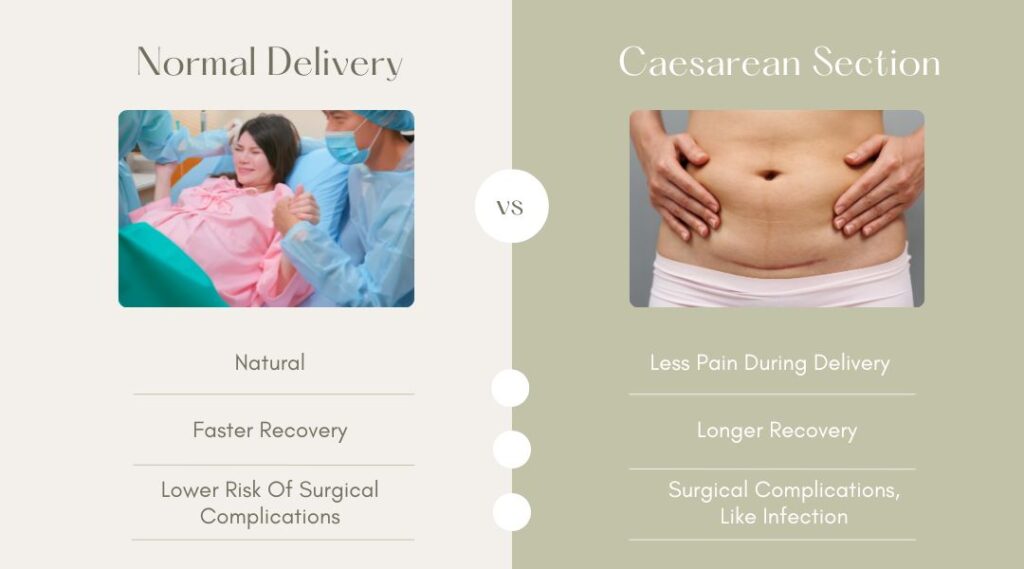A pregnancy test looks for the presence of a chemical called human chorionic gonadotropin in a woman’s blood or urine (hCG). The placenta produces this hormone.
Throughout pregnancy, the placenta transports oxygen and nutrients from the mother’s bloodstream to the developing baby. hCG levels in a pregnant woman’s blood and urine grow dramatically during the first trimester, then decline to low levels for the remainder of the pregnancy.
If you believe you may be pregnant, you can get a pregnancy test from Dr. Amita Shah who is a renowned gynae in Gurgaon.
A pregnancy test on your blood or urine may be performed by the doctor. Alternatively, you might get a home pregnancy test kit from a pharmacy. However, if you use a home kit, you should always see your doctor for confirmation of pregnancy.

Doctors employ blood pregnancy testing.
A blood pregnancy test may be administered by your doctor as early as 11–14 days after ovulation. A blood pregnancy test is performed by drawing blood from a vein in your arm. This blood is then transported to a laboratory for analysis. Most blood pregnancy tests take at least a couple of days to get results. The laboratory then informs the doctor of the outcome.
Blood pregnancy tests are almost 100% reliable and may detect lower levels of hCG than urine pregnancy tests. The two most common forms of blood pregnancy tests are:
Quantitative blood test
Determines the precise quantity of hCG in the blood and may indicate how far along the pregnancy is.
Only tests for the presence of hCG in a qualitative blood test. Because this test does not detect precise amounts of hCG, it cannot provide an estimate of gestation.
Doctors employ urine pregnancy tests
A urine pregnancy test may be administered by your doctor. You are instructed to pee into a plastic cup or similar container. The urine is then tested by the doctor using a kit that resembles a home pregnancy test kit.
Pregnancy test kits for the home
Pregnancy test kits for at-home use are available from pharmacies. When used according to the manufacturer’s instructions, these kits provide accurate results (up to 97%). Many women, however, get erroneous results while using home pregnancy test kits.
The most frequent error is testing for pregnancy too soon after missing a period. When is the optimum time to use the kit? The manufacturer’s instructions will inform you. It is critical to strictly adhere to the manufacturer’s directions.
How to Use a Pregnancy Test Kit at Home
The sensitivity of home pregnancy test kits to hCG varies. Most test kits should be used one to two weeks after your menstruation is expected. Always follow the manufacturer’s directions exactly. In general, most home pregnancy tests adhere to the same fundamental principles:
- (a). You collect urine in a tiny container before dipping the test strip into it. Alternatively, some kits include a test strip that you place beneath your urine stream.
- (b). It is preferable to test your urine when you first get out of bed to increase the accuracy of your findings. Pee in the early morning is more concentrated and contains greater quantities of hCG than urine at other times of the day.
- (c). The appearance of a coloured line or dot on most test strips indicates the presence of hCG.
The results are immediate. Most test kits are completed in a matter of minutes.
Most kits include a second test strip. This permits you to retest at a later time.

False-positive outcomes
When a woman is not pregnant, a home pregnancy test may be positive. The following are some of the most common reasons for false-positive results:
- (a). A filthy urine collection cup (detergent residue, for example, is known to cause false-positive results)
- (b). Incorrect test kit (for example, the kit is damaged, past its use-by date or has been exposed to heat or moisture)
- (c). Urine with blood in it (from cystitis, for example)
- (d). Urine containing protein (from kidney damage, for example)
- (e). Certain medicines, such as anticonvulsants, fertility meds, diuretics (fluid tablets), and tranquilisers, may cause seizures.
- (f). Recent pregnancy or loss, since a woman’s blood and urine may still retain detectable quantities of hCG for a few weeks after giving birth or miscarriage.
- (g). An ovarian tumour or another form of hCG-producing tumour.
Other causes for missing menstruation
A missing menstruation is not always caused by pregnancy. Other plausible explanations include:
- (a). Breastfeeding
- (b). Emotional distress
- (c). Extreme weight loss
- (d). Extreme diets and exercise
- (e). Obesity
- (f). Drugs in particular
- (g). Menopause begins.
False-negative findings
A woman may be pregnant yet the home pregnancy test kit returns a negative result. Common reasons for false-negative findings include using the test kit too early in the pregnancy and having hCG levels that are too low to detect. Most test kits should not be used until your period has been missed for at least seven days.
- (a). The exam is not properly timed. To be sure, use a kitchen timer or a watch with a second hand.
- (b). The exam is being administered wrongly.
- (c). The woman drank a lot of water before the test, diluting her urine to the point where hCG levels were no longer detectable.
































